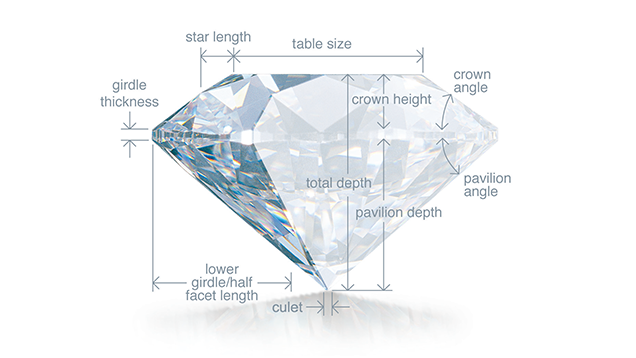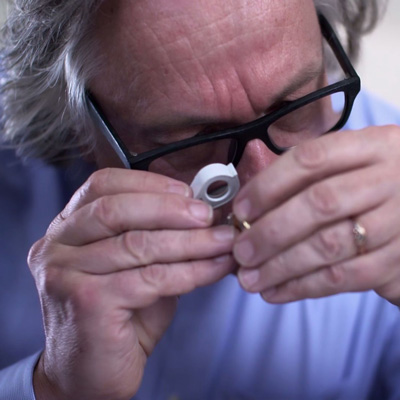
30 Jun A Must-Have Guide To Diamond Grades
Diamonds are bought and sold on the four C’s. That’s clarity, colour, carat and cut. They are a coveted piece of jewellery, available in varied colours, qualities and sizes. A diamond’s carat weight, colour, cut and clarity are all determinants of its price. All these qualities are accompanied by a chart that shows the difference between grades. The various criteria for diamond grading have been developed by the Gemological Institute of America or the GIA as well as other less well know gem labs such as HRD, AGL or GSL.
Here is the complete guide to help you understand how the four C’s of diamonds. Clarity, colour, carat and cut
- Clarity
Clarity of a diamond is a term used to describe the number of inclusions in a diamond. Most diamonds contain slight traces of non-crystallized carbon, which are nature’s very own fingerprint and make each diamond unique. Large inclusions interfere with a diamond’s brilliance, thus making it less valuable. Clarity is decided on the basis of 10x magnification. Inclusions not visible under 10X do not affect the diamond’s clarity. The grading for inclusions ranges from “flawless” where there are no visible inclusions at 10X, to “I1, I2, I3” where inclusions may be visible to the unaided eye. In between these two points, lie the Very Very Small (VVS) inclusions, Very Small (VS) inclusions, and Small (S) inclusions.

- Colour
Diamonds, though colourless in appearance, do have a subtle tinge of brown or yellow. Colour grading in diamonds starts from “D”, having no colour, to “Z”, having a light brown, yellow or gray colour. The presence of colour makes diamonds less valuable. However, there are some diamonds naturally found in fancy colours such as pinks, reds, blues, and these are highly coveted.

- Carat
A carat is the unit used to measure a diamond’s weight. One gram has 5 carats. Each carat is divided into 100 points, such that a diamond of 30 points would be .30 carats. Carats are used to measure a diamond’s weight and not size or diameter. This distinction is important as many diamonds may appear bigger due to their cut. The larger the diamond the more expensive it will be per carat. For example, a 1-carat diamond will be more expensive than two 0.5 carat diamonds.

- Cut
The cut of a particular diamond lends to its unique brilliance and sparkle. Some of the common diamond shapes include round or brilliant cut, while some of the more fancy ones include oval, pear shape and princess or square cuts. A diamond’s cut can affect it in a big way. A poorly cut “D”, flawless stone may appear lifeless, while a diamond of much lower grade clarity and colour may appear dazzling if cut well. The reason why all diamonds are not ideally proportioned though, is that diamonds are sold by weight and ideal proportions waste more of the crystal causing it to weigh lesser.

If you are a jewellery lover be sure to check out of Facebook and Instagram where you can see lots of progress pictures of our handmade jewellery




